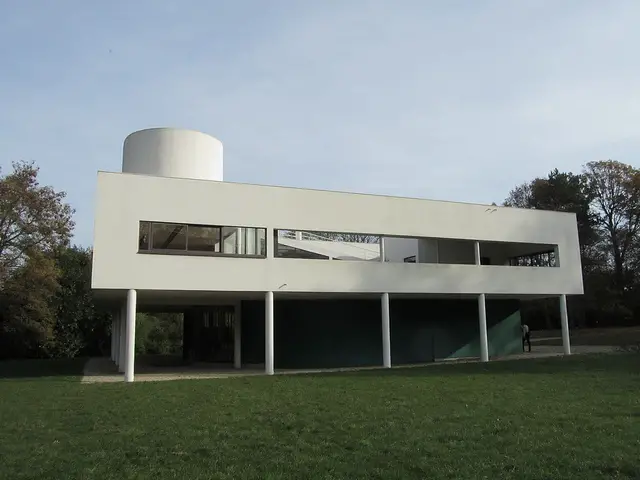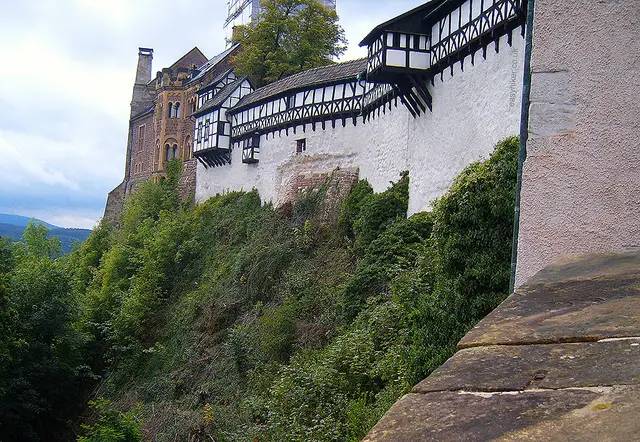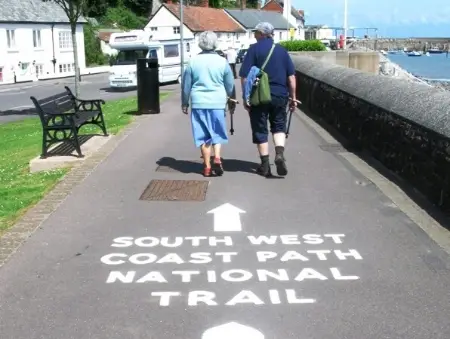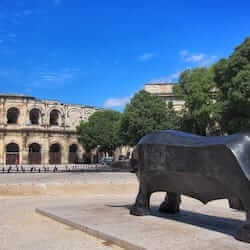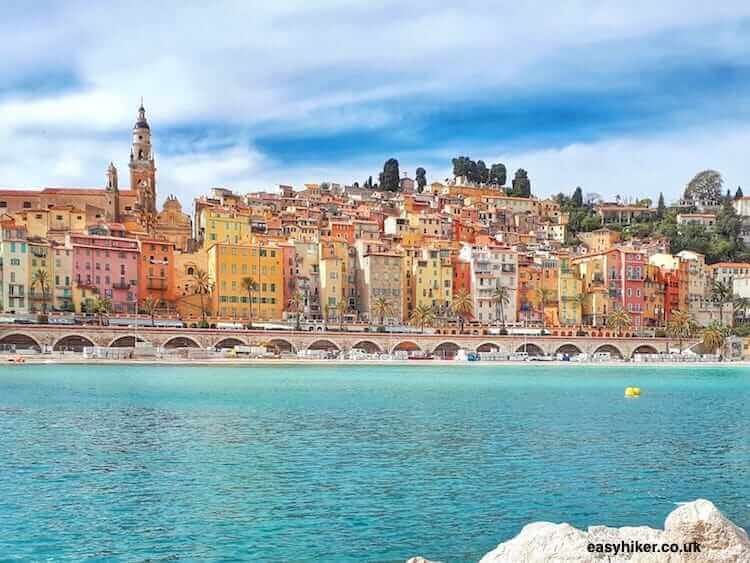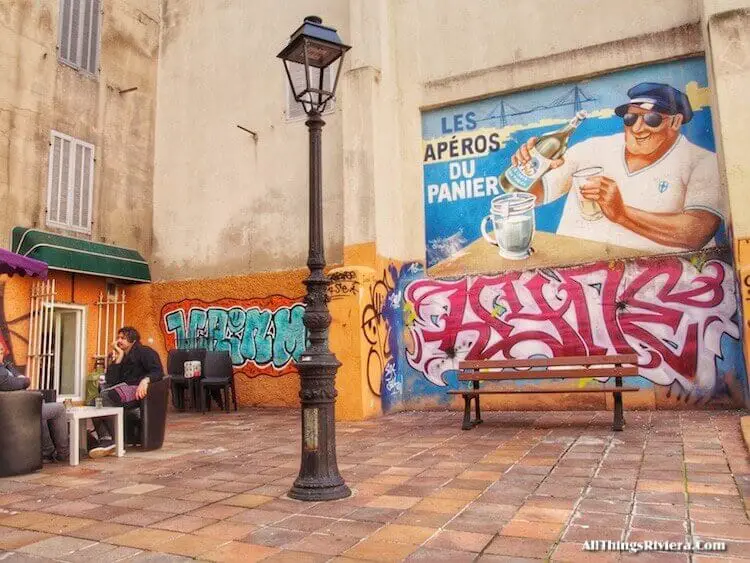Hiking trails near Paris
The Parisian banlieue has a bad reputation, not all of it undeserved. At its worst, the urban sprawl beyond the Parisian city limits is an uncomfortable and possibly even dangerous place (for those of you who haven’t seen the movie La Haine, think of the South Bronx or Tower Hamlets), while most of the rest is unexciting and dull (think Staten Island or Neasden).
Some of the places in the banlieue are, nevertheless, well worth a visit, even for the overseas traveller. Today’s walk connects two of those more interesting places, Poissy and St Germain en Laye to the west of the capital, in a pleasant walk which is neither overly long nor hard.
You can experience a bit of nature, a bit of history (Poissy and St Germain are the birth places of two of the greatest French kings), a bit of art (they also house two of the most famous buildings the country has to offer) and get an impression of life beyond the périph, the ringroad that separates Paris from the rest of the world.
Culture, architecture and hiking adventure
– what more can you expect from a single day trip?
We start the walk at Poissy gare, a short train ride away from the RER station Etoile underneath the Arc de Triomphe in central Paris (line A5).
Turn right behind the statue of local boy Georges Pompidou, French President for a brief period in the 1970s (and largely forgotten today outside of his home town), into Rue Maurice Berteaux. Turn right on Rue de la Gare and left – at the river – into the Cours du 14 Juillet.
Walk a little along the Seine before turning left towards town, past a splendid late 19th century residence (in what the British would call the Victorian style: turrets, cornices and all). Remember this for later reference.
Walk past the Church of Saint Louis as well as the statue in the churchyard that commemorates its patron saint (aka King Louis IX, until now the only canonized French head of state ever – but wait till Sarkozy saves the Euro).
At the city wall, turn right into the Clos de l’Abbaye, and for the next few minutes you will be walking through the heart of the medieval abbey constructed by King Philippe IV (“Le Bel”) to celebrate the saintly life of his grandfather. Louis IX was born in Poissy and always had a soft spot for the place. Before he became king, he preferred to be known as “Louis de Poissy”.
The abbey is very well preserved and will not fail to impress you.
Behind the convent, turn into the Allee des Glaieuls – a residential side street, which is typical for the more genteel suburbs in the Parisian banlieue – at the junction right into Avenue Blanche de Castille.
After about 500 metres, just on the corner of Rue de Villiers, you will find the compound of the famous Villa Savoye, one of the most celebrated buildings constructed by the modernist architect Le Corbusier.
I have already shared my impressions of our visit with you here. Go and take a look, even if you think you are not interested in modern architecture. Visit the Villa from the inside, too, if you can spare the time (and € 7).
Remember the Victorian residence we saw at the beginning of the walk? To realize how revolutionary the Villa Savoye must have looked at the time, bear in mind that only about 30 years are separating the two buildings.
When coming out of the Villa Savoye gardens, cross the main road and walk straight into Rue de Villiers for a few hundred meters before turning left into Rue Theodore de Bèze. Stay on this street until you meet the Avenue Blanche de Castille again.
Turn right here and continue straight – the street changes its name into Avenue des Ursulines after a while – beyond the roundabout and turn right into Rue General de Gaulle for Poissy’s pretty town centre. (There are many shops and bakeries here where you can stock up for the remainder of the walk, which will lead you mainly through forests and parkland.)
At the end of the street, continue straight-ish into Avenue Ferdinand Lefebvre and turn right at the big intersection with Avenue du General Eisenhower. The forest on either side of this busy road is the Foret de St Germain.
Enter the forest by taking the first path on your left, marked with a yellow and red bar. Follow this marking until you leave the forest at a large and very busy road intersection (where the Rue des Loges aka D284 crosses the N184).
Maneuver your way across to the other side of the roundabout, crossing the D284 ahead of you first and then the N184 after turning right – there are zebra stripes and traffic lights – and re-enter the forest, again looking for the red and yellow balisage marker.
After a while, you will come across a small lake called the Mare aux Canes. Turn left after this lake and follow the balisage until you come to the crossing in front of the Chateau du Val, a former royal hunting lodge now run by the Legion d’Honneur as a residence for its elderly members and a non-profit hotel. We now leave the balisaged walk, turning right in a sharp 90 degree angle.
After about 500 metres, you will arrive at another crossing in the forest. Take the path in the “10 o’clock” direction (not the one straight ahead but the one slightly veering to the left). Keep on this track, eventually crossing a busy road before turning right to walk on the green stretch for about 100 metres and turning left into the Route des Mares. This will lead you straight to the ramparts of St Germain castle. You will already be able to see the Chateau on your right.
The castle, built in its current form in the late Renaissance by King Francis I, was the main residence of the French royals until the construction of Versailles. It was also the place where King Louis XIV was born.
Take a look at St Germain’s coat of arms: that’s the Sun King’s cradle and birth date there (underneath the royal family’s fleur-de-lis).
This is where our walks ends. You can take the train to Paris from the station which is located right opposite the castle (next to the municipal theatre, the builidng that looks like Greek temple).
But St Germain-en-Laye is a pretty town and well worth exploring. The commercial centre with many handsome shops, cafés and restaurants starts right on the other side of the RER station.

